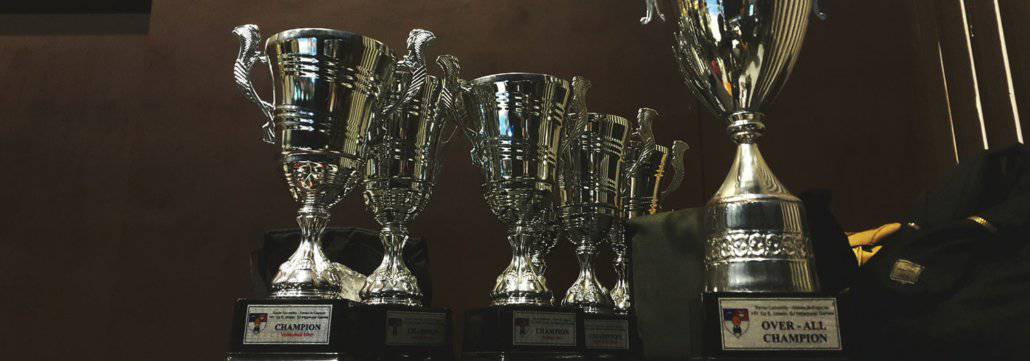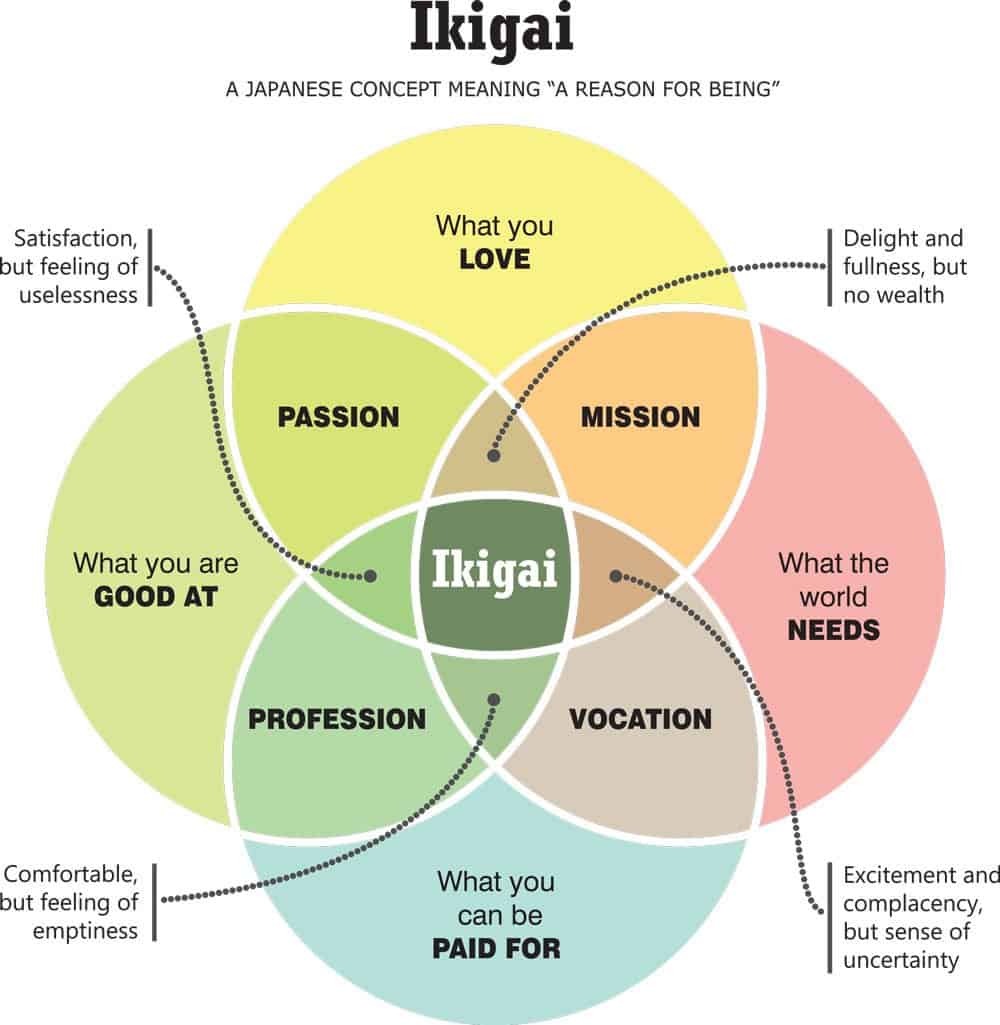Back in January after the Institute for Family Governance’s third annual conference, I noted in Family Governance: One Step at a Time that that one day would end up being the source for a number of future blog posts.
I’ve officially lost count already, and here’s another one.
Its inspiration was the second presentation of the day, by John Ambrecht and Michael Whitty, entitled “Governance Structures that Actually Fit a Psychological Model of Human Behavior”.
Looking over their 75-page slide deck some 10 weeks later, there was a LOT of information in their talk.
From Roles to Rules ©
The psychological model they referred to is detailed in a 2004 paper that was published in the California Trusts and Estates Quarterly titled “FROM ROLES TO RULES©:† A NEW MODEL FOR MANAGING FAMILY DYNAMICS IN THE ESTATE PLANNING PROCESS”
I’ll leave it to the most curious readers to examine this in more depth, and I’ll simply talk about family business roles and the importance of eventually making rules that everyone needs to learn to abide by.
In the Beginning…
When family businesses start, things are usually rather informal, with few real rules and with poorly defined rules, if any.
As the business grows, the division of work necessitates that roles become clarified, and many family companies have some difficulty even with this roles component.
When that man tells me what to do, is he my boss, or is he my Dad? (Of course the answer to that question is “Yes”)
Role Clarity and Making Rules
You may be thinking that in order to properly define each person’s role, making some rules around things would make a lot of sense. And I think you’d be correct.
While Ambrecht and Whitty suggest that there’s an evolution “from roles to rules”, they certainly don’t mean that you finish with roles completely and then arrive at the rules stage.
It’s more of a change in emphasis as the family business matures.
Formality is your Friend
Regular readers will recognize the expression “formality is your friend” as one I return to from time to time, and this is another such occasion.
Both roles, when they are well defined, and rules, when they are clear and are actually enforced, certainly help out with formality.
I hope that you noticed that I just added some conditions to both roles and rules there.
If the roles are poorly defined, they won’t do much good, and if the rules aren’t clear, or worse, if they aren’t enforced, it may be worse than not having any rules at all.
Rules Lead to Governance
Sticking with the formality, that feels like it fits really well with the rules idea. And as a family makes more formal rules, they can (hopefully) eventually end up in the wonderful world of family governance.
Recall that this post began with a mention of a conference devoted to the subject of family governance.
As I wrote a couple of years ago in Family Governance, Aaaah!, my personal views and feelings around the “G-Word” have evolved.
Families will often have a negative view of governance because it sounds way more formal that what they are ready for and for what they think they need. And they are often right about that.
How Are We Going To…..
When someone explains to them that family governance doesn’t have to be that complicated, and that it really involves answering three simple questions, people can get on board more easily.
Those questions are:
- How are we going to make decisions together?
- How are we going to communicate?
- How are we going to solve problems together?
Three questions that can have some pretty long answers, agreed, but still only three categories to worry about. And the third one is really mostly a repeat of the first one, but with an added emphasis on trickier situations.
Back to the Roles and the Rules
While governance feels like it’s more about rules, it is also very much about roles too.
All those decisions that need to be made will be made by people, and the bigger and more complex the family’s wealth becomes, the more important it is that they find ways to make those decisions in ways that satisfy the family group.
Business decisions can often appear much simpler than those that affect the family. Please see The Unsung Role of Family Champions for more on key roles in enterprising families.
As families approach key generational transitions, it becomes especially important to pay close attention to these ideas.










